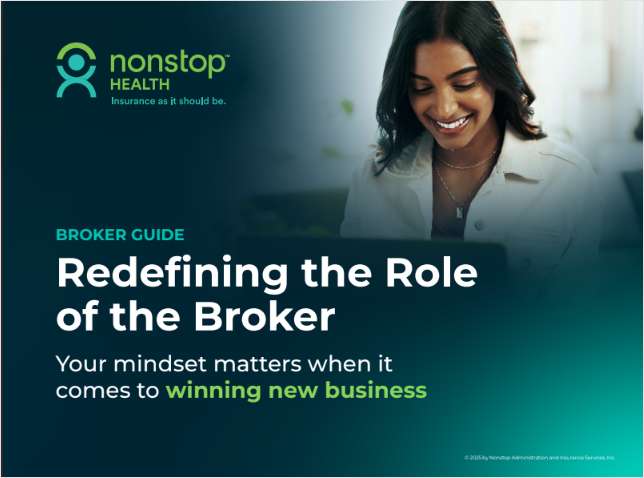The retirement planning industry has evolved significantly since the birth of the 401(k) plan. With the Pension Protection Act of 2006, doors opened for innovations in plan design including automatic plan features. In recent years, employers have increasingly adopted automatic features—including automatic enrollment, escalation and default investments—as a way to enhance retirement outcomes for plan participants.
And, plans that have been using automatic enrollment for eight years or longer see dramatic lifts in participation—90 percent compared with the industry average of 75 percent. Among plans that use automatic escalation, deferral rates are more than twice the industry norm at 8 percent versus 4 percent.
Put simply: Automation works. Yet despite these impressive results, less than half of all plan sponsors have adopted auto escalation and enrollment to date, according to the Plan Sponsor Council of America.
Recommended For You
Complete your profile to continue reading and get FREE access to BenefitsPRO, part of your ALM digital membership.
Your access to unlimited BenefitsPRO content isn’t changing.
Once you are an ALM digital member, you’ll receive:
- Breaking benefits news and analysis, on-site and via our newsletters and custom alerts
- Educational webcasts, white papers, and ebooks from industry thought leaders
- Critical converage of the property casualty insurance and financial advisory markets on our other ALM sites, PropertyCasualty360 and ThinkAdvisor
Already have an account? Sign In Now
© 2025 ALM Global, LLC, All Rights Reserved. Request academic re-use from www.copyright.com. All other uses, submit a request to [email protected]. For more information visit Asset & Logo Licensing.








